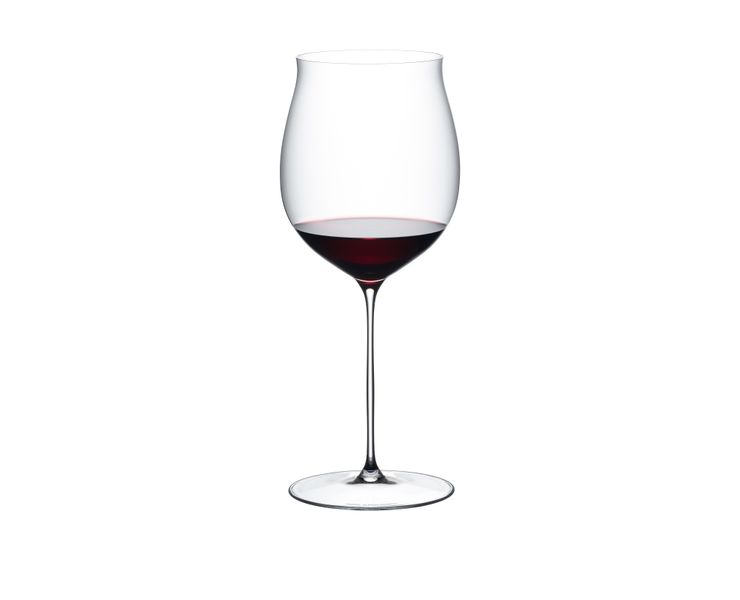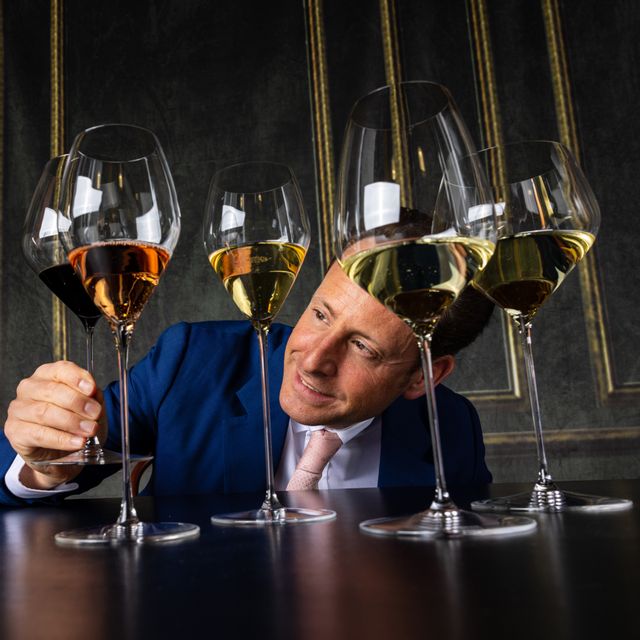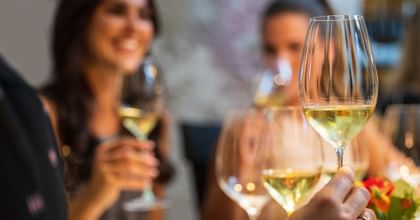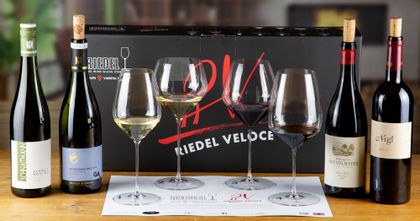Education
Wine Terminology for Beginners

Unlock the world of wine with our guide to essential wine terminology and definitions for commonly used phrases.
Wine Terminology for Beginners: A Simple Guide
The world of wine comes with its own unique vocabulary, which can feel overwhelming for beginners. Words like vintage, terroir, or tannins might sound confusing, but understanding them can transform your wine experience.
Don’t worry—we’ve got you covered. Below, we break down key wine terminology to help you feel confident as you explore everything from wine tasting to glassware. Whether you’re learning about the meaning of tannins or exploring the different wine glass parts, this guide is your first step toward mastering the language of wine.
Let’s dive into the essentials, covering wine production, tasting terms, and even the design of your wine glass. Get ready to sip and speak like a pro!
Wine Glass Terminology
Understanding the Anatomy of Your Glass


Wine Tasting Terminology
Words to Know Before Your Next Sip
- Aroma vs. Bouquet: Aroma refers to the fresh, primary smells derived from the grapes, like fruity, floral, or herbal notes. Bouquet describes the complex, secondary aromas developed as wine ages, such as vanilla, spice, or caramel.
- Body: This describes the weight and texture of wine on the palate, ranging from light-bodied (like Pinot Grigio) to full-bodied (like Cabernet Sauvignon).
- Tannins: Organic compounds found in grape skins, seeds, and stems that give wine its astringency or “mouth-drying” sensation. Red wines typically have higher tannin levels than whites due to longer skin contact during fermentation.
- Acidity: The tartness or freshness of wine. Higher acidity is common in white wines, like Riesling and Sauvignon Blanc, giving them crisp, refreshing qualities.
- Mouthfeel: A combination of sensations like texture, body, and tannins that create the overall physical experience of the wine in your mouth.
- Finish: The lasting impression of the wine after swallowing. A wine’s finish can vary in length (short, medium, or long) and complexity.

General Wine Terminology
Breaking Down the Basics
- Variety: Refers to the specific grape type used to make wine, such as Cabernet Sauvignon, Chardonnay, or Pinot Noir. Did you know there are over 10,000 grape varieties worldwide?
- Varietal: A wine made from one specific grape variety. For example, a wine made entirely from Pinot Noir grapes is a Pinot Noir varietal. RIEDEL's varietal-specific glassware is designed to enhance these distinct wines.
- Vintage: The year the grapes were harvested. A 2018 vintage wine uses grapes picked that year. Non-vintage wines blend grapes from multiple years for consistent flavor.
- Terroir: The natural environment where grapes grow, including soil, climate, and topography. This influences a wine’s flavor, making wines from the same grape variety taste different depending on the region.
- Appellation: A legally-defined geographic area where wine is produced, like Champagne, Bordeaux, or Napa Valley. Wines must be made in these regions to bear their labels.
- Typicity: How true a wine’s flavor is to its region and grape variety. For example, a Bordeaux Cabernet Sauvignon with typicity will reflect the herbal and floral characteristics expected from that region.
Whether you're exploring new wines or learning about specific regions, these terms will help you better understand and appreciate the complexities of wine. Cheers to your wine journey!
Locations





